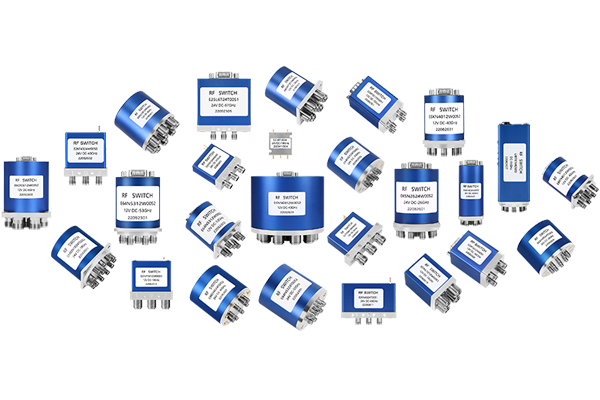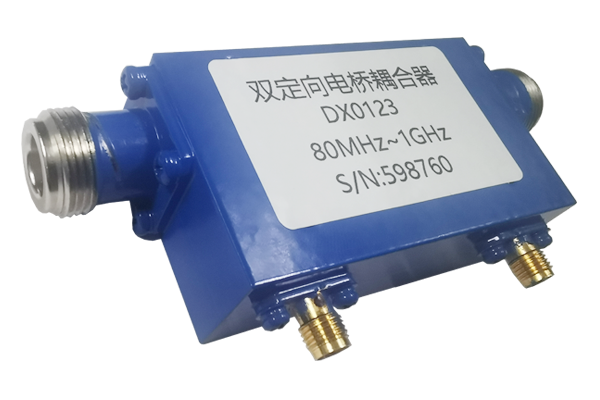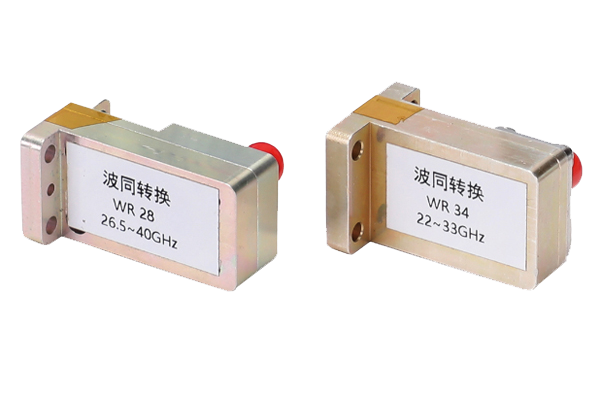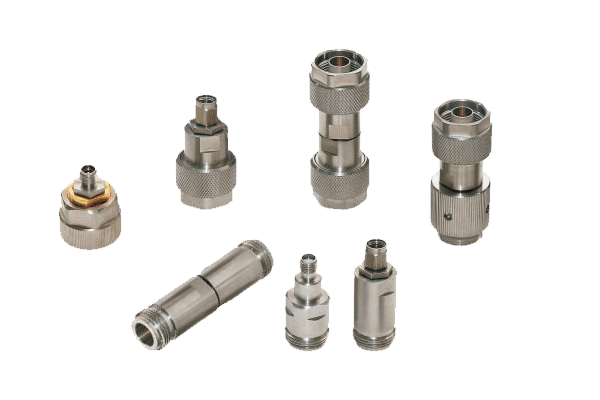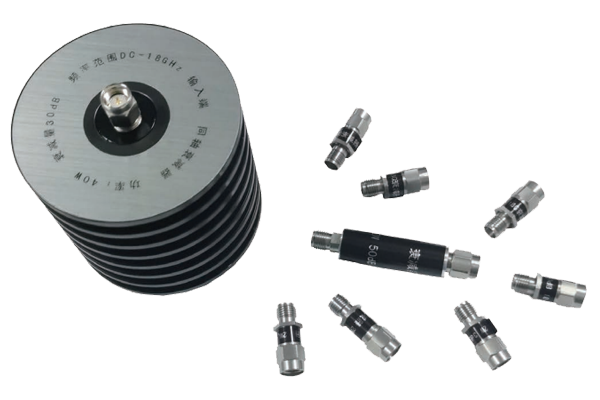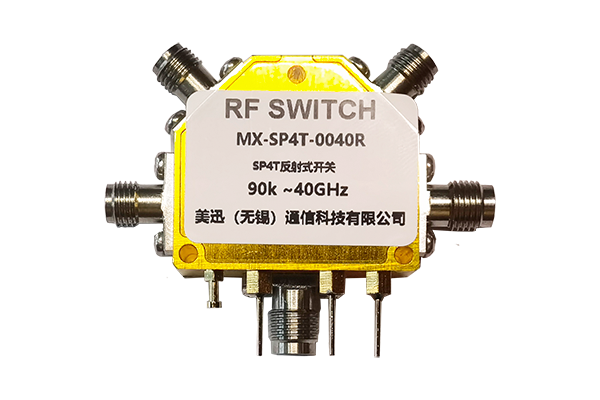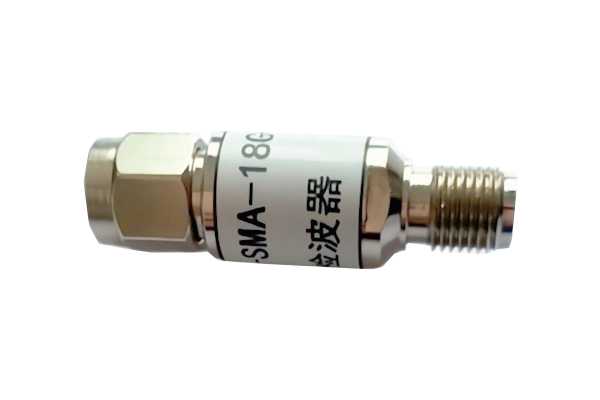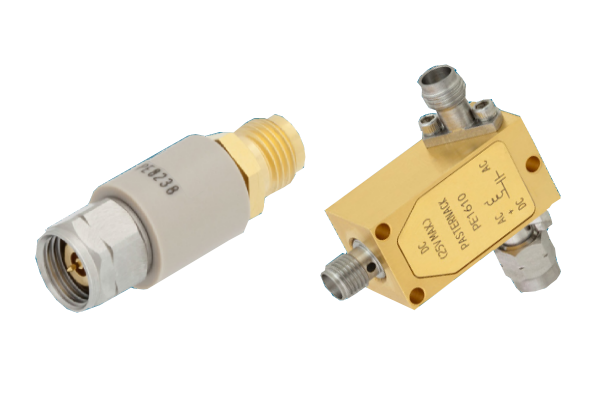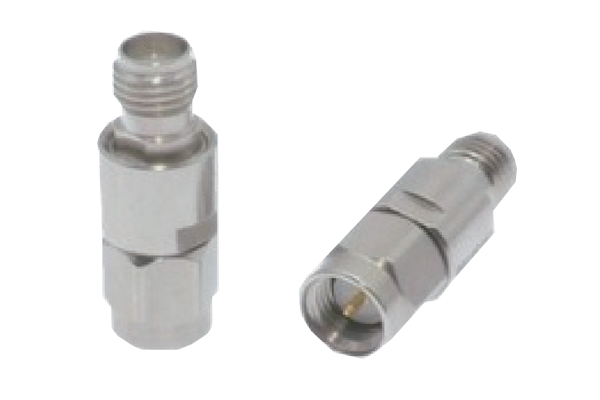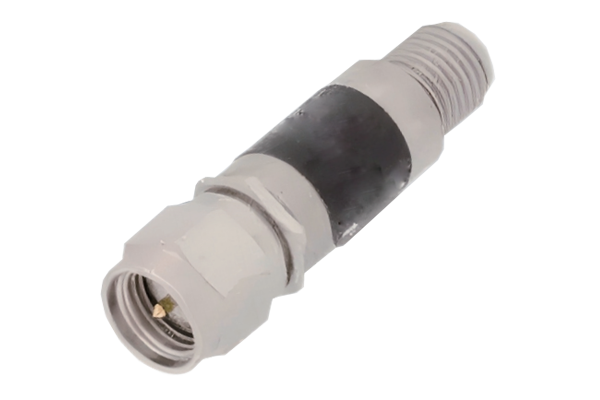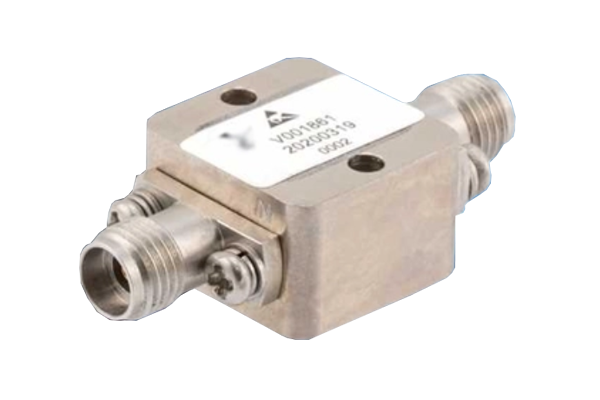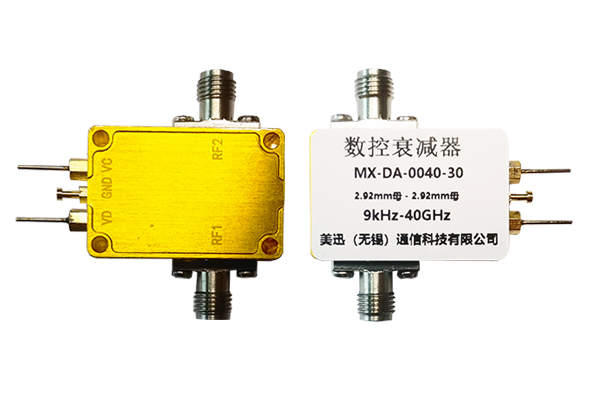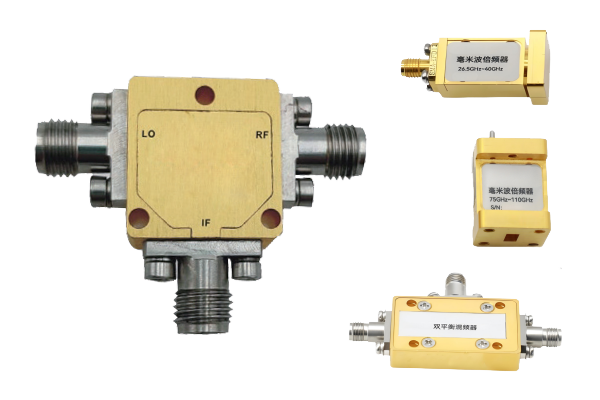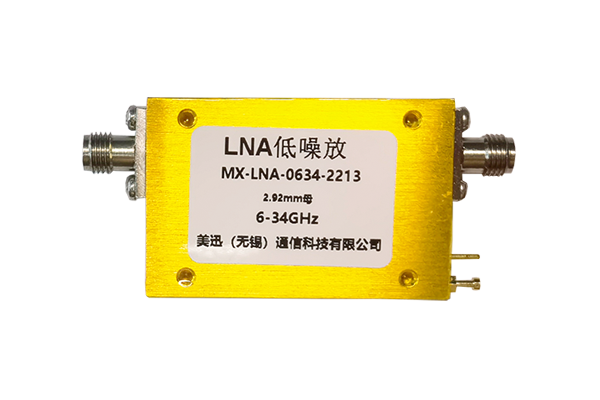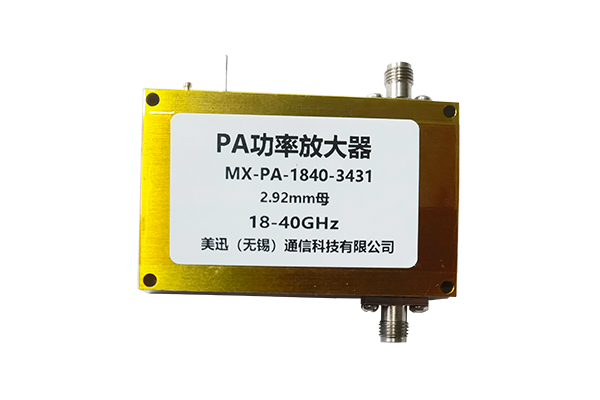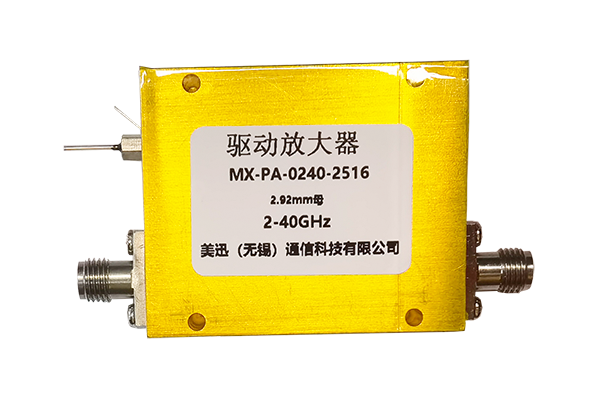What is the core function of a low-noise amplifier
Core Functions of Low-Noise Amplifiers
The core functions of a low-noise amplifier (LNA) are primarily centered around signal amplification and noise reduction, making it a crucial component in various communication and sensing systems.
In applications like RF receivers, satellite communication, and radar systems, LNAs boost extremely faint incoming signals to usable levels for subsequent processing.
LNAs maintain a very low noise figure, minimizing additional noise during amplification to preserve signal integrity and improve signal-to-noise ratio (SNR).
Key Performance Benefits
- Enables accurate signal detection and interpretation
- Improves data recovery in low-signal environments
- Essential for applications requiring high signal clarity
- Maintains signal quality throughout the processing chain
Technical Advantages
- Optimized for minimal noise contribution
- Designed for high gain with low distortion
- Critical first-stage component in receiver systems
- Enhances overall system sensitivity
The low-noise amplifier serves as a key enabler for enhancing signal strength while maintaining high signal quality, thus playing a vital role in improving the performance and reliability of many electronic systems.



